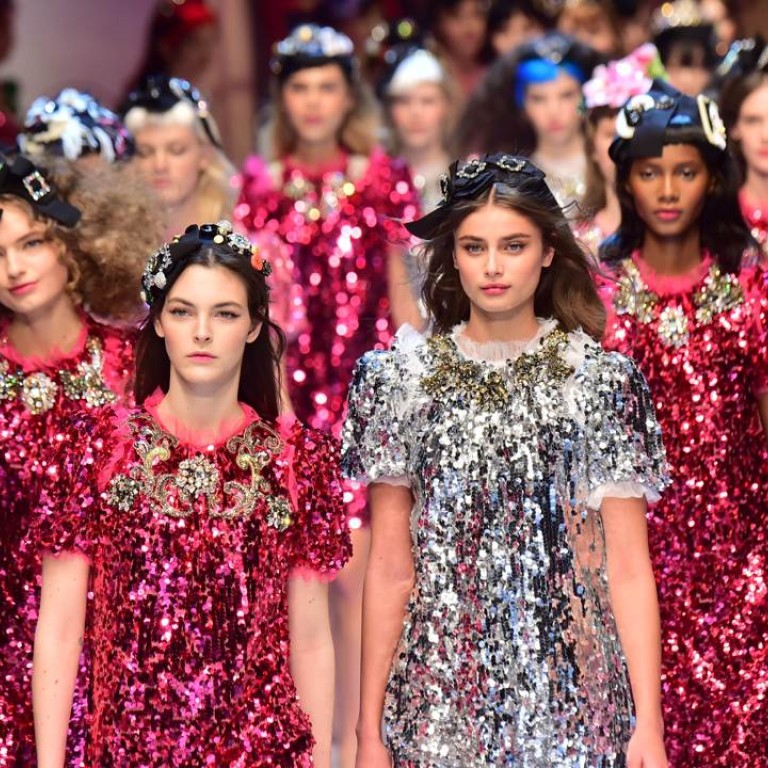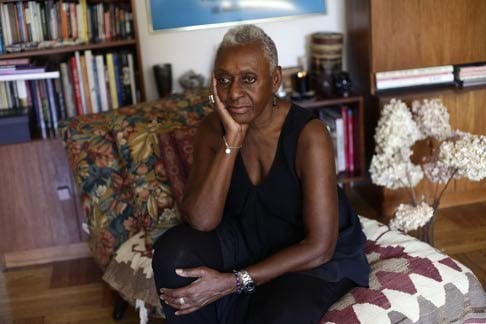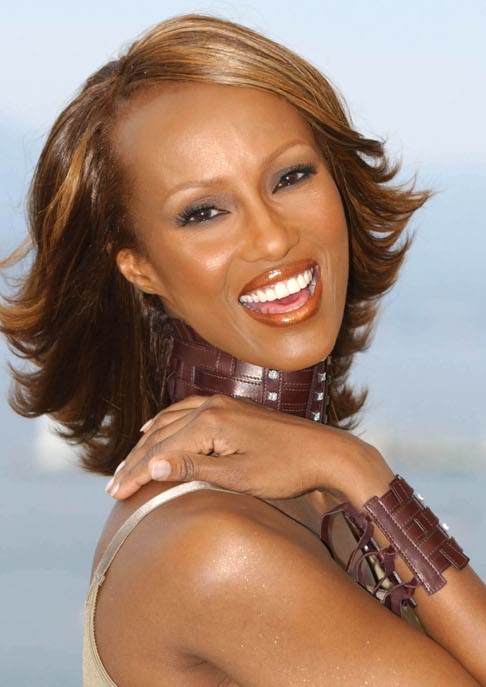
Why are most fashion models still so white and thin when most of us aren’t?
Diversity in the fashion industry is still a work in progress. A token black or Asian model on the catwalk or in a magazine shoot isn’t good enough
Women’s fashion comes in all colours and sizes. So why doesn’t the same typically go for the models who wear the looks on the catwalks or in magazines?
Diversity in fashion – or rather, a lack thereof – has been a potent topic for years. At any given fashion week in New York, Paris, London or Milan, it’s not unusual for a catwalk show to consist of a dozen or so pole-thin white models, flanked by an Asian or African-American one (or occasionally both).
According to a 2015 diversity report by TheFashionSpot.com, out of 143 fashion shows and more than 3,700 models cast during New York Fashion Week’s September shows that year, more than 70 per cent of them were white. Statistics for diversity represented in autumn fashion print ads that year were even worse. The report also calls out designers it claims are most guilty of whitewashing their catwalk shows, including Erin Fetherston, Pamella Roland and Monique Lhuillier.

Not everyone has sat idly by as cookie-cutter models march down the catwalk time and time again. One of the leading advocates for the cause is Bethann Hardison, a prominent black supermodel from decades past. She’s the founder of the Diversity Coalition who, along with other fashion notables (fellow models Naomi Campbell and Iman, for instance), has rallied for more opportunities for models of colour.

There were, however, signs of some improvements at New York Fashion Week. Zac Posen was praised for sending down the catwalk quite a few models of varying skin tones. Same went at Xuly.Bet and, on a smaller scale, at Tory Burch and Sophie Theallet’s shows, among a handful of others.
But the consensus at large is that there’s still work to be done.
WATCH Zac Posen’s recent New York catwalk show
So who’s to blame here: designers, modelling and casting agencies or the media? Or perhaps a combination of them all?
Well, it depends on how you look at it. Sure, the onus is on designers to be more proactive when it comes to including women of colour in their campaigns and fashion shows. But, first, they need enough options to even consider casting.

The media plays a role in all of this, too. Writers and editors need to do their part to step up the stories done on women and men of varied races and backgrounds.
Pittsburgh Post-Gazette

